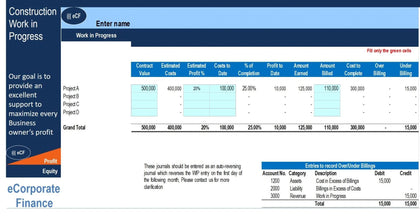Automated Robotic Vending Kiosk (FroYo or Other) – Financial Model
Video Tutorial:
Frozen yogurt kiosks (among other technologically advanced vending machines) are popping up everywhere. This unique business model is generally low risk and provides opportunities to scale up and expand. This financial model was designed to benefit users that are interested in running their own automatic robotic vending kiosks. Franchisors are popping up everywhere, which sell these specialized kiosks. Users invest in them and put them in various hot spot locations, such as near colleges and outdoor shopping centers. This model is not limited to projections solely pertaining to FroYo, it can be applied to a variety of products that are dispensed in a similar way.
As stated, these kiosks are low risk and high reward because they generally require less cash to get started (as opposed to opening a brick and mortar) and are still able to get exposure to a space. As users build up their cash reserve, they are able to scale up their business and obtain additional kiosks. Services are required to re-fill machines as is a credit card swiper.
Typically, users pay some kind of franchise fee, however, the fee is often minimal compared to owning the equipment. Fees of $2,500 per unit is common, while the cost to own a unit is upwards of $30,000. This model will help users plan out scaling, providing a good picture of sales and cost structures needed to invest in additional units. The model also provides a profitability analysis.
Basic logic is derived from input of number of units and their costs. Future unit expansion over a 3-year period, within a given month, can be planned out with up to 5 fields. There is logic embedded within the model if users require financing.
Key performance metrics are displayed to help users build their case, including: cost of goods sold breakdown, revenue per serving type, overall cost breakdown, and revenue required to break even each year, with fixed and variable expenses.
A discounted cash flow (DCF) valuation is also included in this model. It takes net cash flow (before tax) and discounts the value back to the present value, looking at the EBITDA/ revenue multiple in order to calculate the terminal value. The overall enterprise value is generated within the scope of three years.
This model can also simply be used to see what sales volume are required in order to turn a profit, given all expense and revenue assumptions.
In order to assess sensitivity functionality, a global assumption tab is included in which users must choose to run scenarios at base, low, or high. Changing sensitivity affects all summaries, changing the entire model projection.
This model is user friendly, in general, users go to each light-yellow tab and input assumptions into the color-coded light-yellow cells. From these inputs all logic flows.
Note: I am not a financial advisor and this is not financial advice. Use this template at your own risk.





































